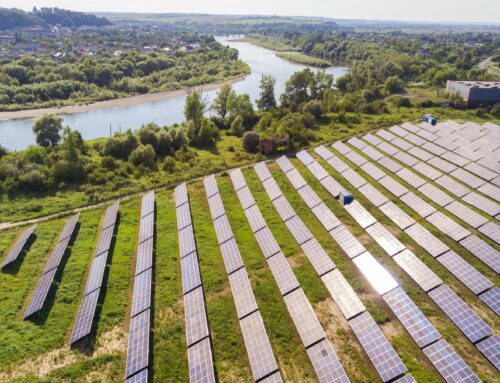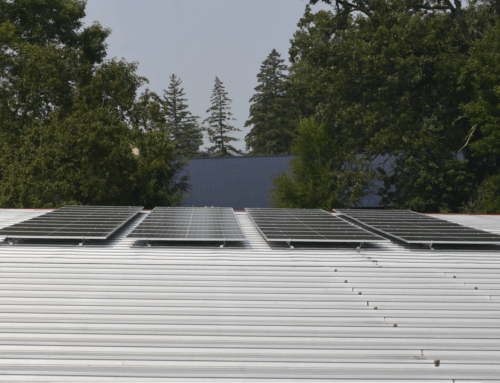A big desert turned electric — 20 million solar panels ignite one of the biggest energy fe
October 26, 2025
Before now, whenever the word “desert” comes up, pictures of a large expanse of land with completely barren features, with no possibility of life, fill the minds of the individuals involved in the conversation. Engineers in a familiar continent are looking to transform what would have been called a dead zone into a clean-energy utopia with the help of 20 million solar panels. In this article, we will examine why this move is not only important locally but globally as well.
Transition unveiled: Examining the timeline from desert to photovoltaic utopia
It is important to fully understand the topography and features of the “desert” in question before we cover the near impossible engineering feat connecting over 20 million solar panels that is looking to revolutionize energy generation from the ground up.
The desert in question was selected for a wide range of reasons, including:
- Solar radiance: Solar radiance, particularly in this context, refers to the amount of solar energy that hits a particular area over a period of time. It is inevitably easy now to see why irradiation is a vital factor when engineers and researchers were making their pick.
- Accessibility: This refers to how close the location of the set infrastructure or export routes can determine the viability of the project.
- Ability to connect to existing infrastructure: The ability to connect the incoming energy stored and ready to use with existing grid infrastructure is also quite important to conduct thorough research on before settling on the desert location.
How the impossible came to life: logistics and technicalities exposed
Western Australia is the location of the desert that was picked. And the scale looks something like 20 million panels with a broad panel structure. This is not the first time the desert will host a technological marvel, although smaller and similar. The Merredin Solar Farm also finds its roots solidly put in place here, which spans 460 hectares and uses over 350,000 panels.
Implications of the project, particularly on Australia’s future
The possibilities that will arise from the project are immense. Residential homes, for one, will be at the greater receiving end as they are on pace to receive enough electricity that can power hundreds of thousands of homes, just like this U.S state’s powerful innovation transforming deserts. The reduction in Australia’s overall greenhouse emissions is also a huge bonus.
Internationally, Australia is going to be able to cement itself as a world leader when it comes to the topic of photovoltaic energy generation through desert incorporation. This adds it to the list of continents/countries that have started adopting green energy from the ground up.
Bottlenecks and hurdles are plaguing the road ahead
A gargantuan project such as this will most likely come chock-full of roadblocks that may range from environmental concerns to logistics. Within these issues, energy storage facilities, adequate financing, and innovative blocks might prove to later in the years when the infrastructure has been built to be insurmountable.
But it is not all doom and gloom because this project might just be the key that Western Australia has been looking for to offset its heavy dependence on fossil fuels. This goes to show that this is just not a fluke but an entire movement with one objective in mind: Revolutionize photovoltaic energy generation.
The era of imagining deserts as forsaken expanses of vast lands is now coming to an end. Australia now seems to be setting the tone for future integration. The possibilities to arise from the desert initiative are beyond spoken words. A utopia is set, a world where economies are transformed and a future where deserts around the world are incorporated into the bigger picture for photovoltaic energy generation, like this groundbreaking desert power by China.
Author Profile
Search
RECENT PRESS RELEASES
Related Post




